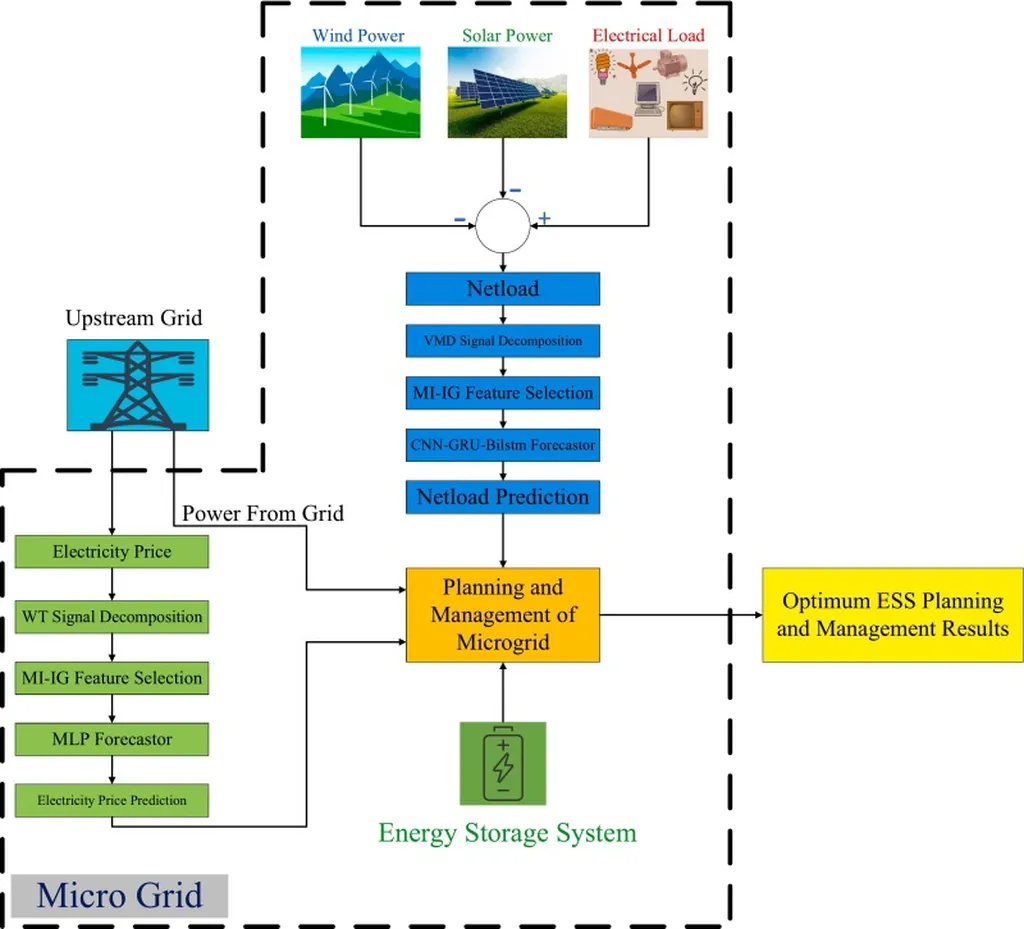Darryl Biggar and Mohammad Reza Hesamzadeh, researchers from the University of Melbourne, have delved into the complexities of energy storage in power systems, providing valuable insights for the energy industry.
In their study, “The Theory of Storage in a Power System with Stochastic Demand,” published in the journal Operations Research, Biggar and Hesamzadeh tackle the challenge of determining the optimal amount of storage needed in power systems where demand is uncertain. As power systems increasingly integrate renewable energy sources like wind and solar, which are variable and intermittent, energy storage systems (ESS) are becoming crucial for balancing supply and demand.
The researchers focus on a specific scenario where the uncertainty in the power system is modeled by successive draws of an independent, identically-distributed random variable. This approach allows them to characterize the conditions for the optimal operation and investment in storage. They demonstrate how these conditions can be visualized using price-duration curves, which plot the price of electricity against the duration it is expected to last at that price.
One of the key findings is that the optimal volume of storage depends on the characteristics of the demand and the cost of storage. The study also explores the types of hedge contracts that storage facilities might require to manage risk effectively. Hedge contracts are financial instruments that can protect against price fluctuations, and understanding the optimal forms of these contracts is essential for the economic viability of storage projects.
For the energy industry, this research provides a framework for determining the right amount of storage to invest in and how to operate it optimally. It also highlights the importance of financial instruments in managing the risks associated with storage investments. By applying these insights, energy companies can make more informed decisions about integrating storage into their power systems, ultimately leading to more reliable and efficient energy delivery.
This article is based on research available at arXiv.

